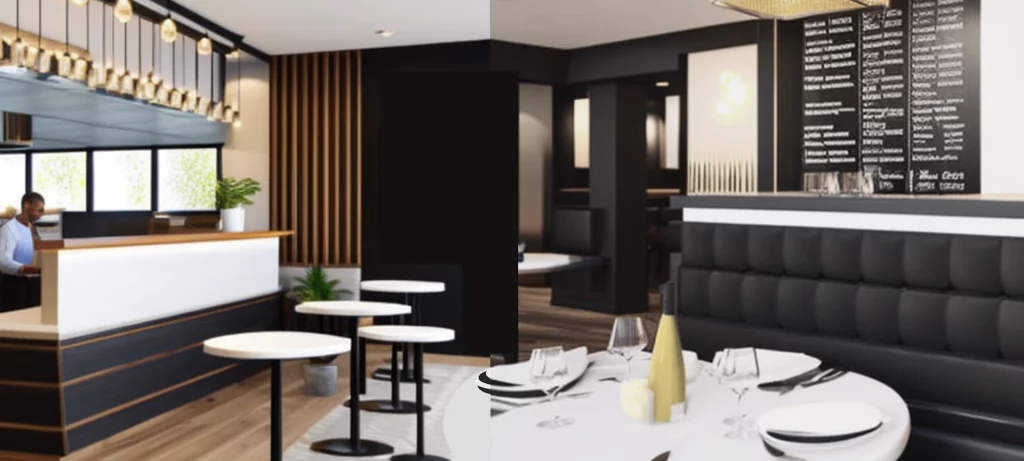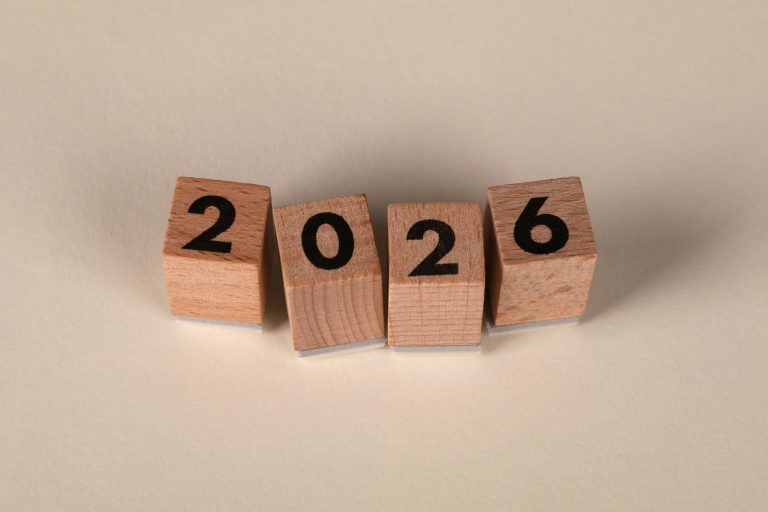The restaurant industry is constantly evolving, with new technologies popping up everyday to facillitate every aspect of operations. Whether you’re an owner, manager, or chef, it’s essential to understand your options and how to utilize them effectively. One technology that is becoming increasingly important for many restaurants is forecasting in menu planning.
Forecasting in menu planning is the process of using data and statistical models to predict which menu items will be popular in the future.
This allows managers to make informed decisions about inventory, pricing, and staffing, ultimately increasing profits and productivity. But how exactly does forecasting in menu planning help managers in restaurant operations?
First, forecasting in menu planning helps reduce waste by predicting which menu items will be popular in the future. This means that restaurants can make sure they’re only preparing and ordering the necessary ingredients, saving money on food costs and minimizing the amount of food that goes to waste.
Second, forecasting in menu planning helps optimize pricing by understanding which menu items are likely to be popular. This allows managers to adjust prices accordingly, maximizing profits and ensuring that the restaurant stays competitive in the marketplace.
There are two main components of restaurant forecasting: historical data analysis and future trend analysis. Historical data analysis looks at past sales data to identify patterns and trends, while future trend analysis considers current economic conditions and other factors that may impact future sales. By analyzing past data and making thoughtful assumptions about the future, managers can develop a reasonably accurate forecast that can be used to make sound business decisions.
For example, ClearCOGS uses machine learning algorithms to analyze data from various sources such as point-of-sale systems, inventory management, and customer feedback to predict future demand for menu items. Based on this prediction, it generates prep schedules for the kitchen staff, which allows them to prepare the necessary ingredients and dishes in advance to meet the expected demand. This helps to optimize the use of resources and reduce waste, and also ensure that food is prepared fresh and in a timely manner. Additionally, ClearCOGS also analyzes the historical data to identify patterns and trends in customer behavior and adjust the prep schedules accordingly. This enables the restaurant to have enough inventory on hand to meet the expected demand, reducing overstocking and stockouts, and also increase profitability.
However, it’s important to note that there’s more to forecasting in menu planning than just historical data analysis and future trend analysis. For example, there are also tools like restaurant sales forecasting and predictive prep schedules that utilize machine learning to provide more accurate predictions and help managers make informed decisions about staffing and inventory.
Ultimately, the key to successful forecasting in menu planning is to carefully evaluate the strengths, weaknesses, and goals of your restaurant, and choose the technology that best suits your needs. By utilizing forecasting in menu planning, managers can take the guesswork out of running their operations, ultimately increasing profits and productivity.








